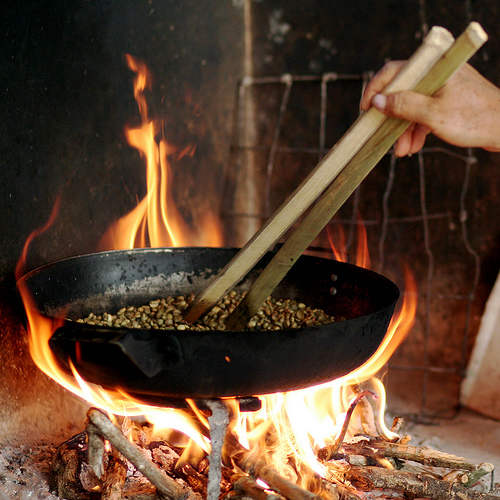No products in the cart.
Chưa được phân loại
COFFEE IN VIETNAM
1986 the Communist Party carried out a U-turn placing a big bet, at the same time, on coffee.

Coffee production then grew by 20%-30% every year in the 1990s. The industry now employs about 2.6 million people, with beans grown on half a million smallholdings of two to three acres each.

This has helped transform the Vietnamese economy. In 1994 some 60% of Vietnamese lived under the poverty line, now less than 10% do
Vietnamese people do drink coffee – sometimes with condensed milk, or in a cappuccino made with egg – but it’s mainly grown as an export crop.
Coffee was introduced to Vietnam by the French in the 19th Century and a processing plant manufacturing instant coffee was functioning by 1950.

This is how most Vietnamese coffee is consumed, and is partly why about a quarter of coffee drunk in the UK comes from Vietnam.
British consumers still drink a lot more of that than of fancy coffees, such as espressos, lattes and cappuccinos.
Arabica beans contain between 1% to 1.5% caffeine while Robusta has between 1.6% to 2.7% caffeine, making it taste more bitter.

There is a lot more to coffee, though, than caffeine.
“Caffeine is such a small percentage of total content, especially compared to other alkaloids, that it has a very minute effect on flavour.”
